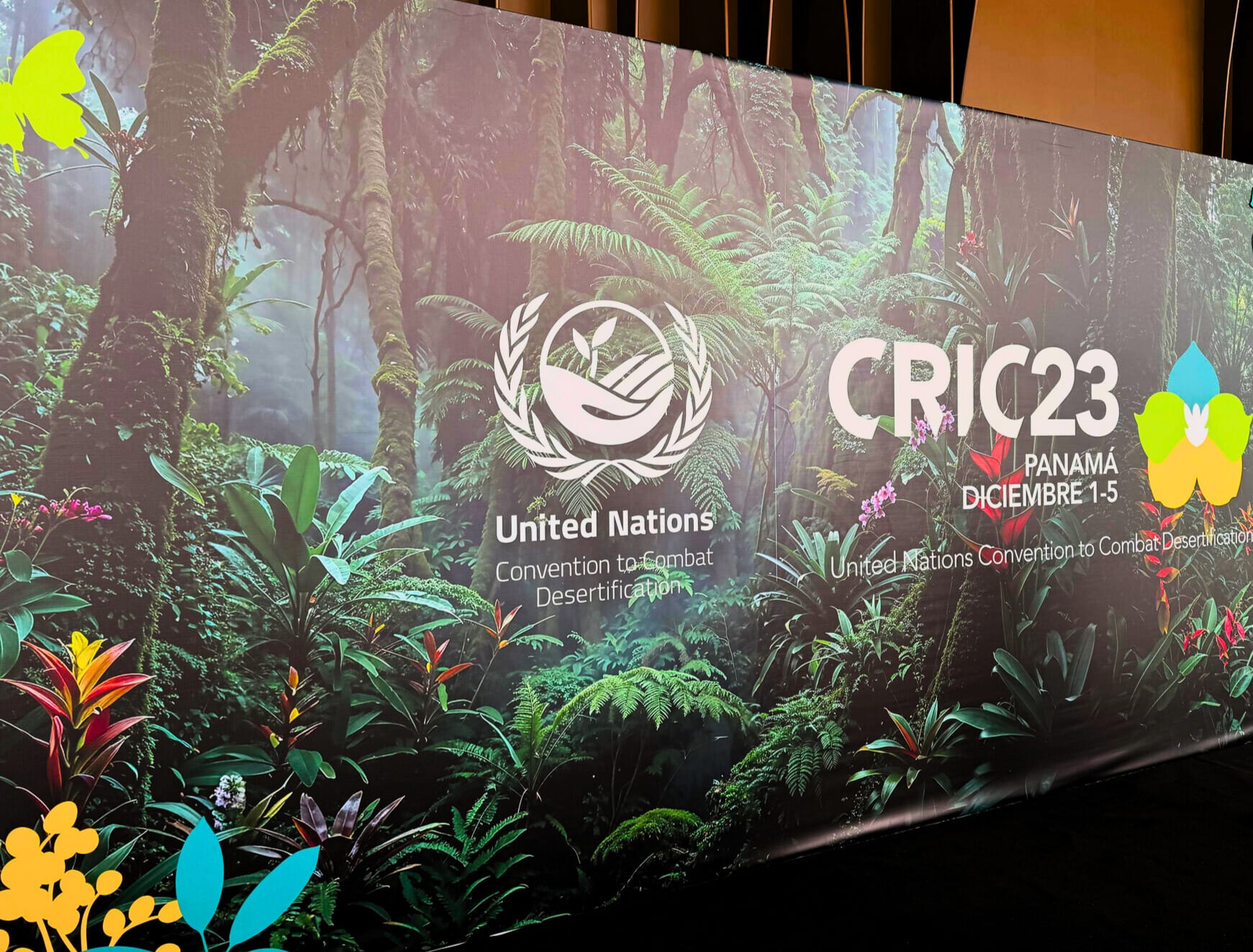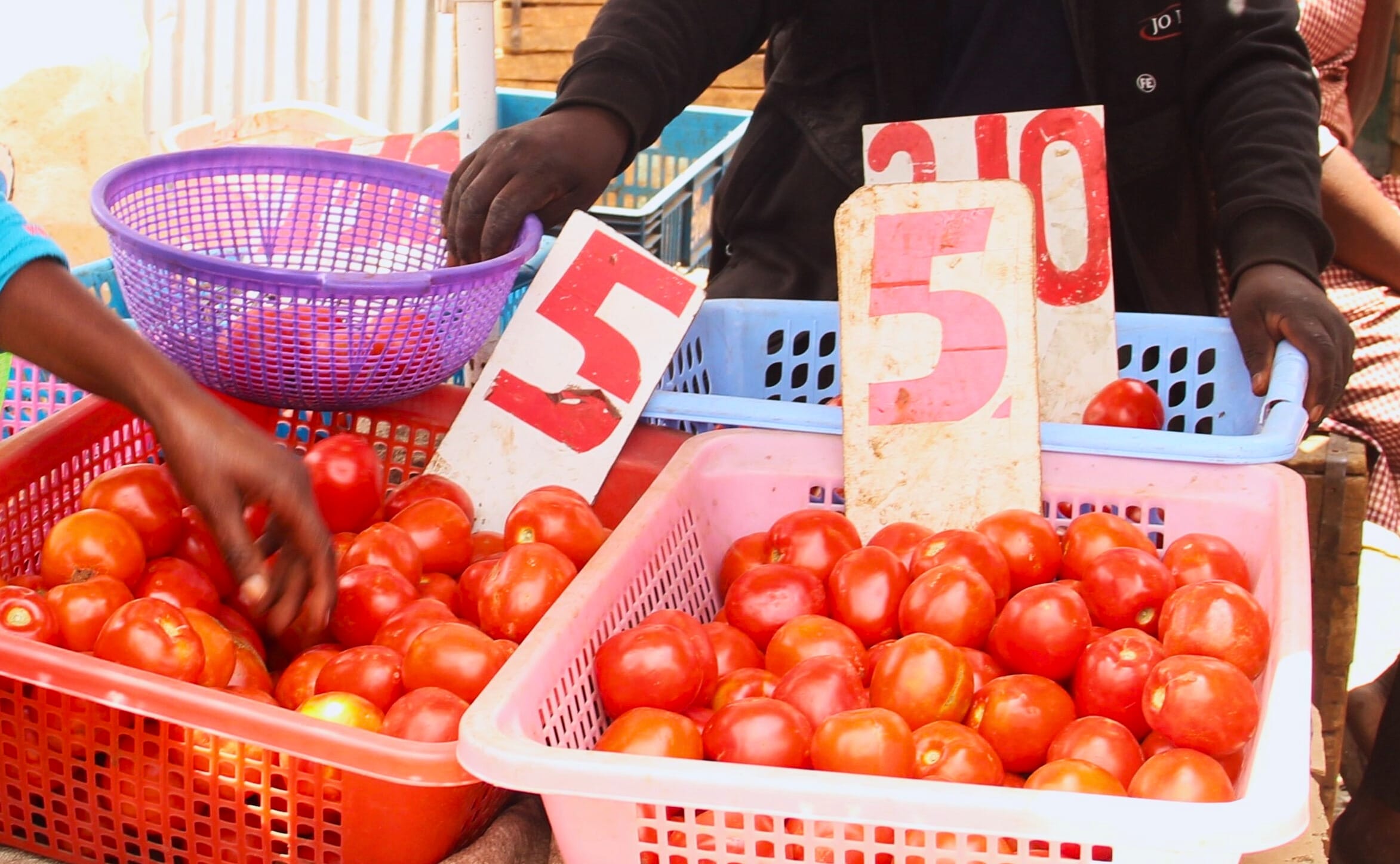Building wider support for ecosystem-based adaptation: how can communications help?
Ecosystem-based adaptation increases resilience in the face of climate change, but its adoption is still limited. How better communications can increase uptake.
by Gabriela Flores | 2021-07-13

Ecosystem-based adaptation, or EbA, involves people working with nature to adapt to the adverse effects of climate change.
Ample evidence from IIED and other organisations – along with experiences from communities around the world – demonstrate that EbA has great potential to help people adapt to climate change while delivering environmental, social and economic benefits.
For example, using EbA at the watershed level can drive changes at scale across diverse ecosystems and create links between a diversity of approaches across a watershed. During the COVID-19 pandemic, we saw how communities engaging in EbA practices were better able to cope with its impacts by being able to generate income and reliably access food during lockdowns.
Those involved in EbA know it works. But we need to engage more policy-makers and other stakeholders, such as private sector actors and financiers, to build greater support for EbA.
Communicating the benefits of EbA to boost uptake was explored during the recent 15th International Conference on Community-based Adaptation to Climate Change, a yearly gathering of practitioners, grassroots representatives, local and national government planners, policymakers and donors working at all levels and scales to promote effective, locally led climate action.
The discussion – co-hosted by Conservation South Africa and TMG Research who invited me to moderate – was rich and insightful. Participants stressed the importance of making communications materials relevant to communities, so they build ownership of EbA projects.
Others spoke of the need for communities to be protagonists of EbA stories and of drawing on robust evidence when sharing these stories. There was clear consensus that community voices must be at the centre of EbA narratives.
But how to take these stories and evidence to others, especially policy-makers and other decision-makers and private sector players?
Three key points stood out to me around how to inform and improve how EbA is communicated:
1. Show how EbA helps people and nature thrive despite climate change
Haizel Nagginda, founder of Uganda’s Climate Operation, a youth-led organisation working to raise awareness among children and communities about the impacts of climate change, called on participants to ‘humanise’ their messages. In other words, to think about how EbA brings tangible improvements to the lives of the people we wish to engage. For young people, jobs and climate change are important, so our messages about EbA need to explain how this approach could bring benefits here.
Similarly, if we want to make the case for EbA among governments, we can be explicit about how EbA approaches can help improve their service delivery and the wellbeing of the people they serve. And if we are looking to engage private sector actors, we need to understand their intentions and priorities, and tailor EbA messages to pique their interest.
In essence, we need to understand who are the policy-makers and other actors that we want to support EbA, and their needs and interests. We need to look strategically at our evidence base to come up with compelling, ‘human’ messages.
This will include mapping how EbA can contribute to key policy objectives and build narratives that clearly spell out these potential benefits. For example, how can EbA support the Paris Agreement and the Global post-2020 Biodiversity Framework at the local, regional and national level?

"It is very suitable for the environment. So, it does not get infected." Kishan Kondhar from Purushwadi, India, explains how he uses indigenous seeds adapted to the environment. Still image from "Ecosystem-based Adaptation in Purushwadi: Voices from the ground," by WOTR.
2. Use creative technologies and platforms
What is obvious for some can be difficult to convey to others. EbA is an integrated approach that builds on the links between nature, people and climate change, and it can be complicated to explain clearly and succinctly.
Visual tools and methodologies can often show more effectively what words struggle to explain. For example, maps and GIS tools give stakeholders a sense of the potential scale of an EbA project, such as one at a watershed level.
Satellite imagery and video captured by drones can show how EbA can change a landscape and what an ecosystem-based approach looks like to non-technical stakeholders. Other creative approaches such as storytelling can connect EbA to everyday experiences and help people understand how to recognise its impacts. And videos, such as this one by Watershed Organisation Trust (WOTR) which was shown during the session, are a useful tool to convey local voices and perspectives to stakeholders that cannot hear them directly.
Of course, there is no ‘one-size-fits-all’ tool or methodology. We need to be mindful that in some contexts, digital tools will not be accessible to all.
3. Facilitate collaboration
Communicating EbA requires bridging the gaps between science, lived experiences and policy. It also needs to grapple with uneven power relations and limitations of voice and influence of some stakeholders. While communicating EbA needs to include all actors’ voices, some perspectives will need to be amplified. Participants pointed to the need to support Indigenous and local knowledge and women’s voices as part of diverse knowledge systems being central to how we communicate about EbA.
Communications can build a more level playing field for all stakeholders, which is essential for the collaboration needed to mainstream EbA into policy.
This includes facilitation and convening that is mindful of power dynamics, creating communications materials that are balanced and reflect the diversity of views and experiences, and doing the ‘homework’ of understanding where different stakeholders are coming from and how to bring them in. Communications of this kind can build the foundation for collaboration and fruitful EbA alliances.
EbA practitioners know very well how EbA approaches deliver benefits for people, nature and climate. For some years now, practitioners have been telling powerful stories of how healthy ecosystems are helping people cope better with extreme weather events.
The next task is to work strategically to take these stories to more stakeholders – in ways that make sense to them – and build an even larger and greater EbA family than can secure wider political and societal support for this proven approach.
Cover image: Catchment Management Organisations of Sipi Sub Catchment in Awoja Catchment, Kyoga Water Management Zone in meetings to deliberate on one of the Word Bank Funded Development Projects, “Supporting Implementation of Catchment Management measures in Sipi Sub Catchment”. Credit: IUCN
 Land GovernanceDec 18, 2025
Land GovernanceDec 18, 2025Land tenure, women’s land rights, and resilience: Reflections from CRIC23 toward UNCCD COP17
Our experts discuss what the exchanges at CRIC23 highlighted and revealed about the role of secure and gender-equitable land tenure in the UNCCD's work ahead of the 2026 triple COP year.
Frederike Klümper, Washe Kazungu
 Urban Food FuturesDec 09, 2025
Urban Food FuturesDec 09, 2025The story of Mukuru's Urban Nutrition Hub
In Mukuru informal settlement, a safe haven for women has grown into the Urban Nutrition Hub, a multi-purpose space for nutrition education, training, and community development, demonstrating the potential of grassroots community-owned innovation..
Serah Kiragu-Wissler
 Urban Food FuturesSep 29, 2025
Urban Food FuturesSep 29, 2025Cheaper food, higher costs: The paradox of Nairobi’s food systems
What are the hidden costs of foods sold in Nairobi's informal markets, and who must bear them? We discuss how the city could build food systems that are both affordable and fair—for consumers and the people who feed them.
Christian Sonntag, Emmanuel Atamba, Lumi Youm
Written by Gabriela Flores

